Takasaki Institute for Advanced Quantum Science
The Takasaki Instiute has been a leader in quantum beam science for around 60 years, enhancing research in ion, electron, and gamma-ray irradiation. Since its inception, the Institute has advanced quantum technologies, contributing to quantum sensing and computing through materials creation. It's recognized as a national quantum technology innovation hub, accelerating research with industry collaboration, and starting initiatives like supplying quantum materials to companies and training researchers. Additionally, QST is developing materials for energy, environmental, and biomedical applications, supporting goals like carbon neutrality, a circular economy, and Society 5.0, aiming to foster innovation and contribute to scientific, academic, and industrial growth. Learn more about Takasaki Institute
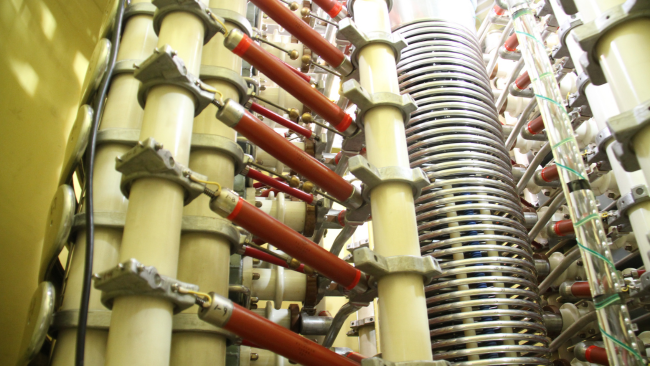
Electron-Beam Irradiation Facility
Kansai Institute for Photon Science
The Kansai Institute has bases in Kizu, Kyoto and Harima, Hyogo focusing on high-intensity laser research like the J-KAREN laser and X-ray laser, aiming to integrate quantum science and life sciences. It also conducts synchrotron radiation science at a dedicated beamline in the large SPring-8 facility. In Kizu, it develops world-class laser technologies, pursuing cutting-edge academic research, understanding radiation's biological effects, and applying lasers in industry and medicine. Harima's work involves using synchrotron radiation and computational science to investigate advanced materials like spintronics devices. Learn more about Kansai Institute
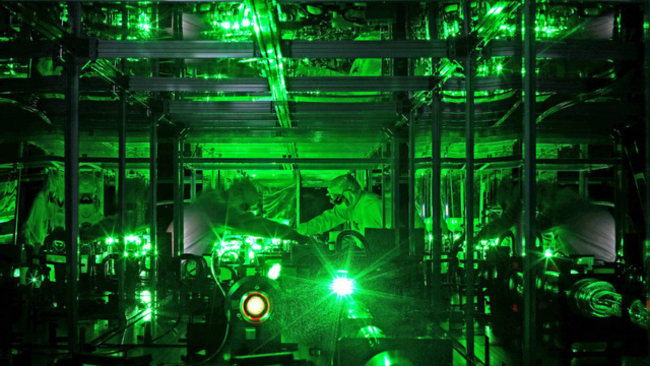
J-KAREN-P: The World’s Top Class High-Intensity Laser
Institute for Quantum Life Science
The Institute seeks to become a global hub for quantum life science research by gathering leading researchers around the world. Its research promises to revolutionize life sciences, contribute to new cancer treatments, regenerative medicine, brain function, and aging studies, and drive innovations in information technology, energy, agriculture, environment, and space, aiding in the development of a peaceful and prosperous human society. Learn more about Institute for Quantum Life Science
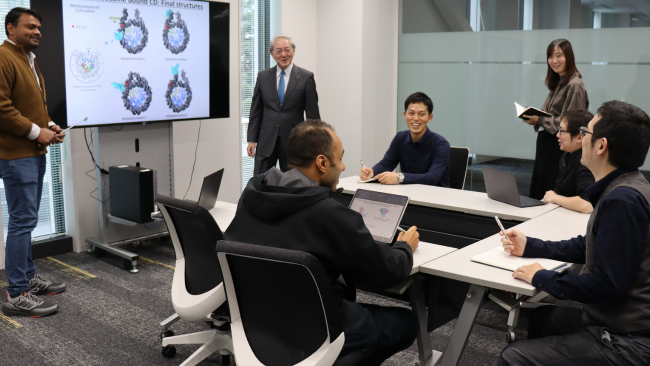
The working environmtent in the Institute is diverse and multi-cultural
Institute for Quantum Medical Science
The Institute leverages various quantum science technologies, collaborating across disciplines like medicine, pharmacy, biology, chemistry, and engineering, to conduct comprehensive medical research from basics to clinical applications. It spearheads research and development in miniaturizing and enhancing heavy ion therapy equipment, known as the Quantum Scalpel Project, improving treatment efficacy, and developing diagnostics and treatments for mental and neurological disorders, including Alzheimer's disease. Additionally, it advances innovative radiological cancer diagnosis and treatment using targeted isotope therapy. Possessing high research capabilities, the institute aims to integrate its medical technologies into society, fostering collaboration with corporations and universities and exploring new research fields. Learn more about Institute for Quatum Medical Science
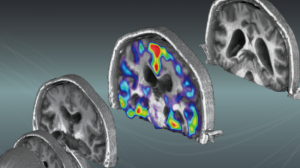
Cross-sectional view of the brain
QST Hospital
QST Hospital is advancing clinical research focused on heavy ion radiation therapy for cancer, starting trials in June 1994 with the world's first medical heavy ion accelerator (HIMAC) completed in November 1993. By March 2023, over 15,000 treatments yielded positive outcomes for various cancers, leading to insurance coverage for several types of cancer. The transition from research to clinical practice has increased public interest and expectations. The QST's development of compact heavy ion therapy equipment has resulted in seven facilities nationwide. QST continues to innovate with high-precision irradiation systems and the Quantum Scalpel Project, aiming to enhance treatment efficacy with multi-ion irradiation techniques, indicating a commitment to advancing cancer treatment through heavy ion radiation therapy. Learn more about QST Hospital
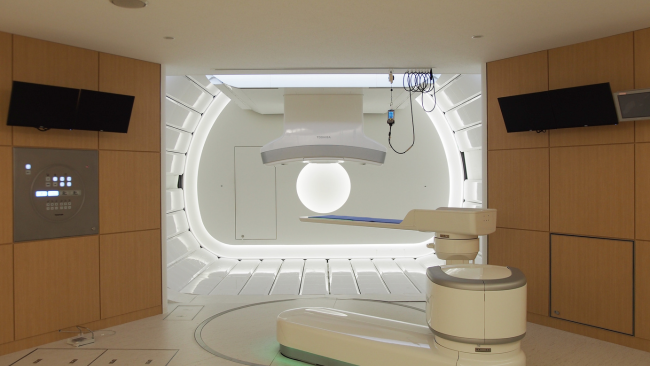
Heavy Ion Cancer Radiotherapy Facility
Institute for Radiological Science
The Institute, established on April 1, 2021, is dedicated to research and development for protecting the public from radiation exposure. It inherits the legacy of its predecessor "National Institute of Radiological Sciences", which for 60 years contributed to health and safety in society by researching radiation safety and emergency medical care. The institute, with vast experience in emergency radiation medicine and a rich repository of data and samples, aims to advance research in radiation dose evaluation and injury treatment while fostering talents in nuclear disaster medical care. It also addresses the changing nature of radiation exposure due to scientific, industrial, and space exploration advancements, focusing on reducing health risks and preventing radiation-induced injuries, as one of the leading institutions in radiation research globally. Learn more about Institute for Radiological Science
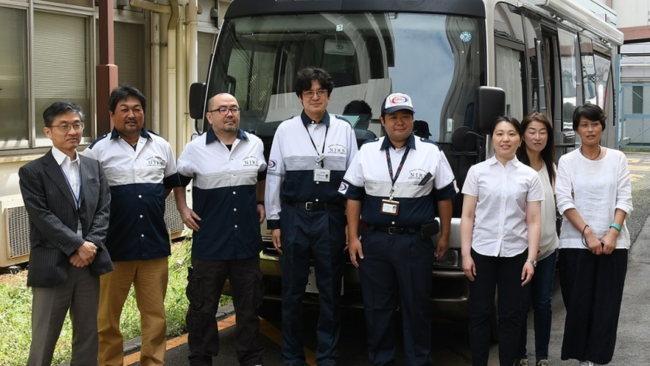
The Radiation Emergency Medical Assistance Team (REMAT)
Naka Institute for Fusion Science and Technology
The Naka Institute conducts research on fusion energy, mimicking the reactions in stars like the sun. Fusion energy, seen as a solution to climate change, is safe, sustainable, and emits no CO2. Since its inception in 1979, the institute has led global fusion research, achieving significant milestones. Currently, it contributes to the ITER project, aiming to demonstrate 500,000-kilowatt fusion energy production, and the JT-60SA project, advancing plasma research for efficient fusion reactors. These efforts, combined with technologies like the blanket system for power generation , position the Naka Institute as a key player in realizing fusion energy's potential. Learn more about Naka Institute
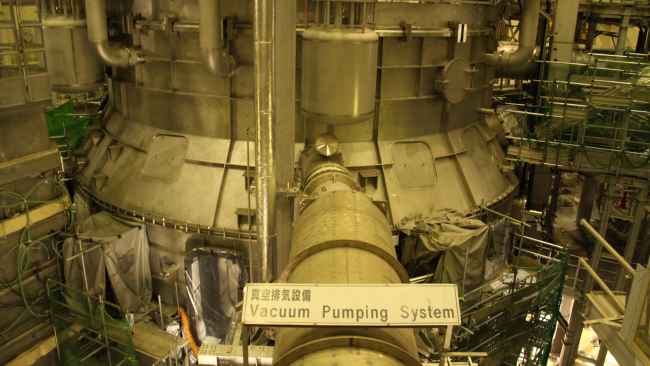
JT-60SA; a joint international fusion experiment
Rokkasho Institute for Fusion Energy
Rokkasho Institute focuses on developing power generation systems using energy from nuclear fusion, a process occurring in stars like the sun. Initiating the Broad Approach (BA) activities in 2009 for the early realization of fusion energy, it supports the ITER project, a collaborative effort to demonstrate 500,000 kilowatts of fusion energy. Rokkasho Institute conducts significant projects like IFERC, involving remote experiments with ITER, and IFMIF/EVEDA, developing neutron sources to study fusion reactor materials. It also advances blanket development for energy extraction and fuel production in fusion reactors, contributing to Japan's JA-DEMO prototype reactor and technologies for sustainable resource recovery, aligning with global carbon-neutral aspirations. Learn more about Rokkasho Institute
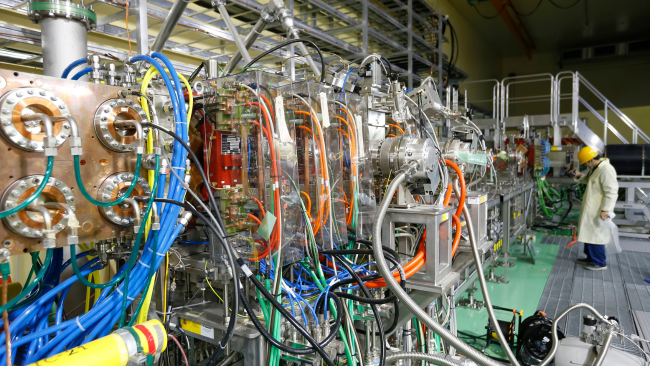
The IFMIF prototype accelerator
NanoTerasu Center
NanoTerasu Center is a next-generation synchrotron radiation facility focused on soft X-rays, addressing Japan's gap in this field compared to global standards. While Japan boasts the 8GeV SPring-8 facility, there was a lack of 3GeV class facilities, resulting in a significant performance gap internationally. NanoTerasu aims to leverage advanced accelerator technology and high-brightness radiation to revolutionize research and development, especially in analyzing light elements, electron states, and dynamics. This will enhance material science, drug discovery, and high-activity catalyst development. Celebrating its first beam achievement in December 2023, NanoTerasu is set to expedite beamline development, promising significant contributions to science and technology. Learn more about NanoTerasu Center
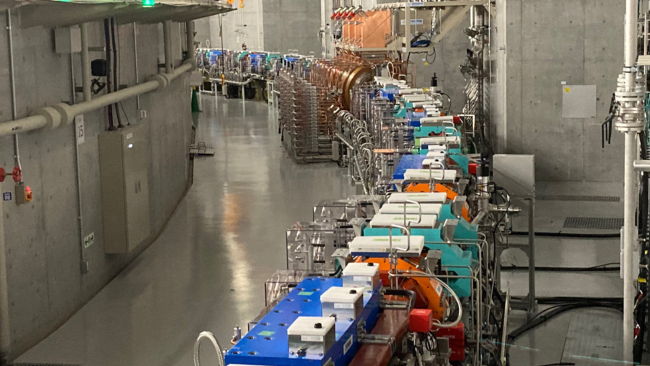
NanoTerasu Synchrotron Radiation Facility
